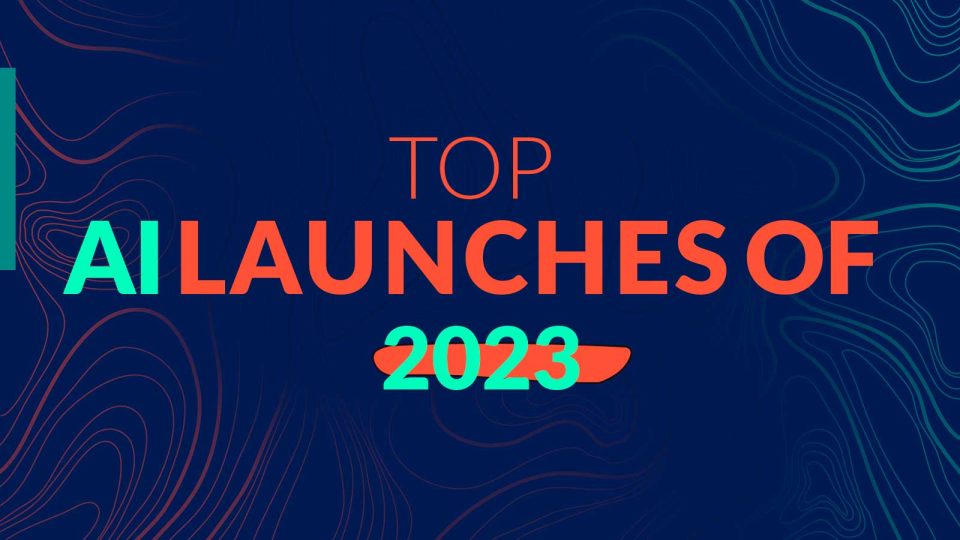In 2023, the AI domain witnessed unconventional innovations in large language models (LLMs), signifying a technological shift. This year showcased awe-inspiring spectacles of silicon ingenuity, from chatbots crafting poetry to AI-driven medical diagnostics through pixel analysis. This rapid convergence between human capacity and machine proficiency dissolved conventional boundaries, resembling an accelerated neural network. Here’s a compilation spotlighting the paramount AI launches, testifying to technological strides and paving the way for the convergence of reality and the artistic capabilities of robotics once confined to science fiction.
Microsoft Empowers Users with AI Integration Across Platforms
In a bold move that reshapes everyday interactions, Microsoft introduced an array of AI integrations, pioneering accessibility and usability for its users. While the launch of AI chatbots into mainstream use was spearheaded by OpenAI, notably with ChatGPT’s introduction in November of the previous year, Microsoft’s strategic initiative propelled AI into the hands of its extensive user base. Implementations span from embedding AI capabilities within its Edge browser to the very core of Windows 11, setting a precedent that other tech entities have since followed suit.
OpenAI Unveils GPT-4, Redefining Language Models
OpenAI has raised the bar with the introduction of GPT-4, a substantial leap forward from its predecessor, GPT-3.5, which powers the free version of ChatGPT. Positioned as a superior iteration, GPT-4 promises heightened capabilities, captivating the attention of tech enthusiasts. Additionally, Microsoft swiftly integrated GPT-4 across its suite of products, including Office apps, harnessing its advanced language processing for enhanced functionalities.



